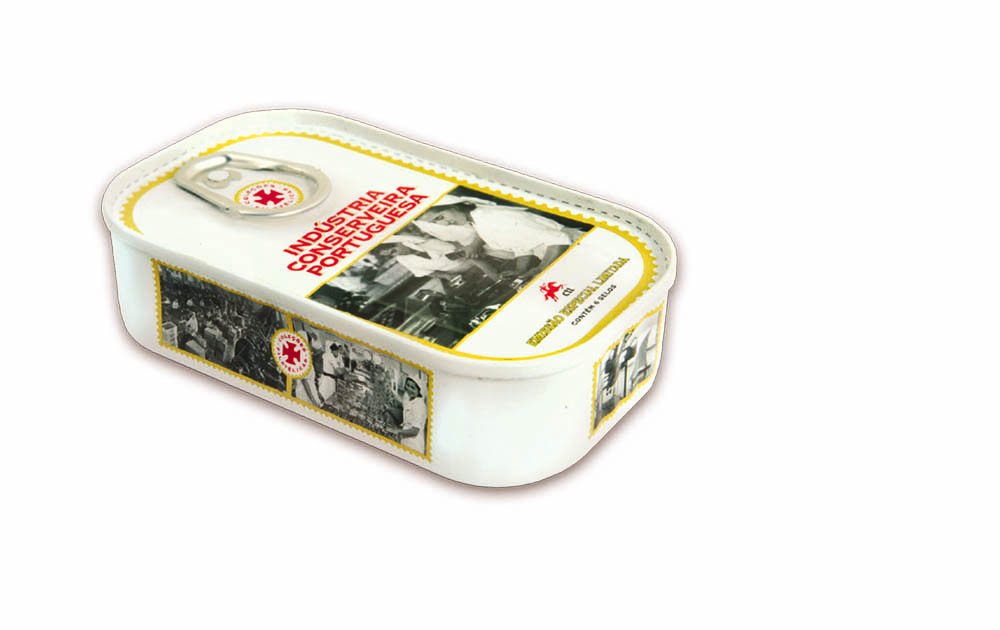 Inside there are no sardines, no tuna…but stamps. This is the original philatelic issue by CTT on Canning Industries, which took place last Monday at the Museu de Portimão. This is the first time, worldwide, that an issue of stamps has been presented to the public in cans.
Inside there are no sardines, no tuna…but stamps. This is the original philatelic issue by CTT on Canning Industries, which took place last Monday at the Museu de Portimão. This is the first time, worldwide, that an issue of stamps has been presented to the public in cans.
In this issue, 50 series of stamps were included inside canning tins, closed by autoclave, such as the true, and specially screen-printed and prepared for the purpose, but identical to those used to market tuna or sardines.
In this adventure, CTT had the collaboration of the oldest canning factory in operation in the world, the firm “Conservas Ramirez”, founded in 1853, precisely in the Algarve, in Vila Real de Santo António. Fortunately, founded in the same year that the first Portuguese stamp was launched: the famous D. Maria II, put into circulation on 1 July 1853, in the 5 réis and 25 réis versions.
But CTT also counted on the collaboration of the Museu de Portimão, which is itself built in a former canning factory. And it was from his archive that all the photographs that illustrate the stamps came out. «These are photographs from our archive, above all by the late Júlio Bernardo», stressed José Gameiro, the Museum's scientific director, at the seal launching ceremony.
The regional director of CTT in the Algarve stressed, by the way, that «there was no place as suitable for this launch as the Museu de Portimão».
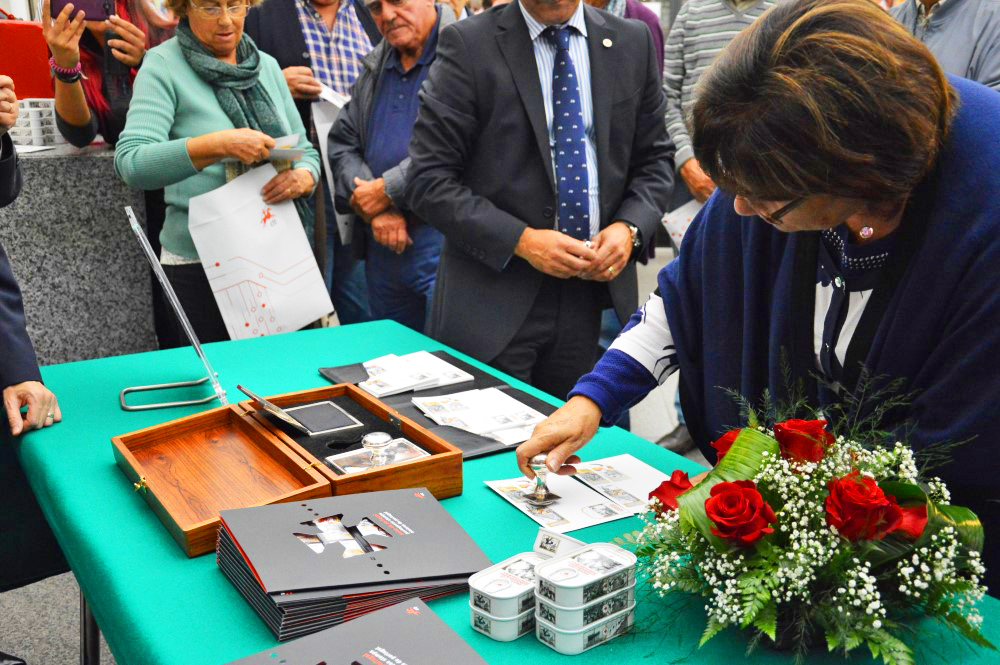
The Mayor Isilda Gomes, on the other hand, classified the idea of the stamps inside a tin can as “brilliant”, considering it to be “a tribute to the canning industry that is also a tribute to Portimão and to the thousands of citizens of this land who worked in canning factories'.
The Secretary of State for Fisheries said that canning is an "industry of resilience", which "is currently worth around 250 million euros on a national scale", being a "source of employment and exports".
“The canning industry is part of what was the evolution of fisheries in our country”, with industries moving more and more to the North as the sardine shoals also became scarcer in the South.
«Today, other projects are starting to appear in the Algarve, such as Saboreal, in canning good gourmet food», added José Apolinário, giving the example of the three young entrepreneurs who created this canning factory based in the Portimão area as people who «returned the idea that this was an industry that had no future».
Finally, the official made an appeal, in front of the room full of philatelists, politicians and friends of the Museum: "as Secretary of State for Fisheries, I appeal to you, in your daily life, to choose products made by Portuguese canning companies."
After the ceremony for obliterating the 1st day stamp on the envelopes with seals, there was a tasting of snacks made precisely with Portuguese preserves, in charge of the Head José Moura, from the Hotel and Tourism School of Portimão, in an initiative of Docapesca.
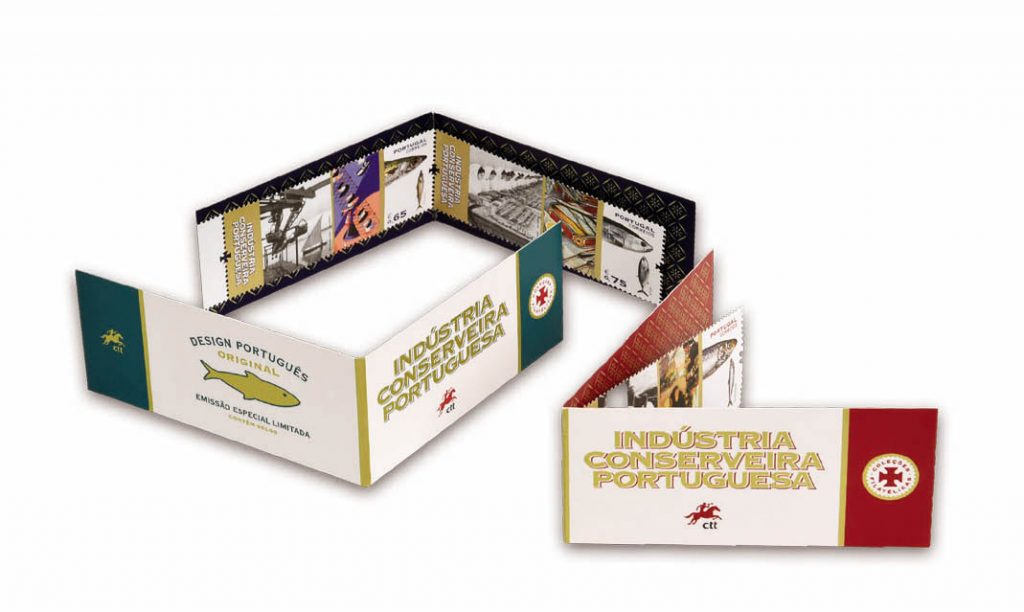 A very original stamp collection
A very original stamp collection
Each of the six stamps in this issue contains three images, one on the left, one in the center and one on the right.
The stamp with a face value of 0,47 euros shows a Galeão a Vapor, a detail of an advertising poster from the company Annuario do Brasil and an Biqueirão; the stamp of 0,58 euros shows the “unsealing” of the sardine, the engraving detail of the gold book of preserves and a sardine;
The stamp of 0,65 euros contains three images, namely the fish unloading dock for the canning factory, an illustration by Fred Kradolfer and a mackerel; the stamp of 0,75 euros demonstrates the canning, a poster advertising canned and tuna; the 0,80 euro stamp with the “empty” section, an advertising postcard by Brandão Gomes and a Lula;
Finally, the stamp with a face value of 1,00 euros shows the “full” section, a poster advertising Boavista preserves and an eel.
All stamps have a circulation of 125 copies each. The stamps have a format of 000 X 30,6 mm and the design was in charge of Atelier Pendão&Prior, namely Fernando Pendão.
The first-day obliterations were made in Restauradores stores, in Lisbon, Municipality in Porto, Zarco, in Funchal, Antero de Quental, in Ponta Delgada, Teixeira Gomes, in Portimão, and Matosinhos.
At the Museum of Portimão, there was also this obliteration – the affixing, on the envelopes with seals, of the stamp of the first day – by the president of the Portimão Council (Isilda Gomes) and the secretary of State for Fisheries, the Algarve José Apolinário, and José Gameiro (scientific director of the Museum), Helena Cardoso (director of Docapesca in the Algarve) and the director of CTT in the region.
The envelopes, which were also signed by those personalities, will now stay in two Museums: in Portimão and in Postal, in Lisbon.
Photos: Elisabete Rodrigues|Sul Informação
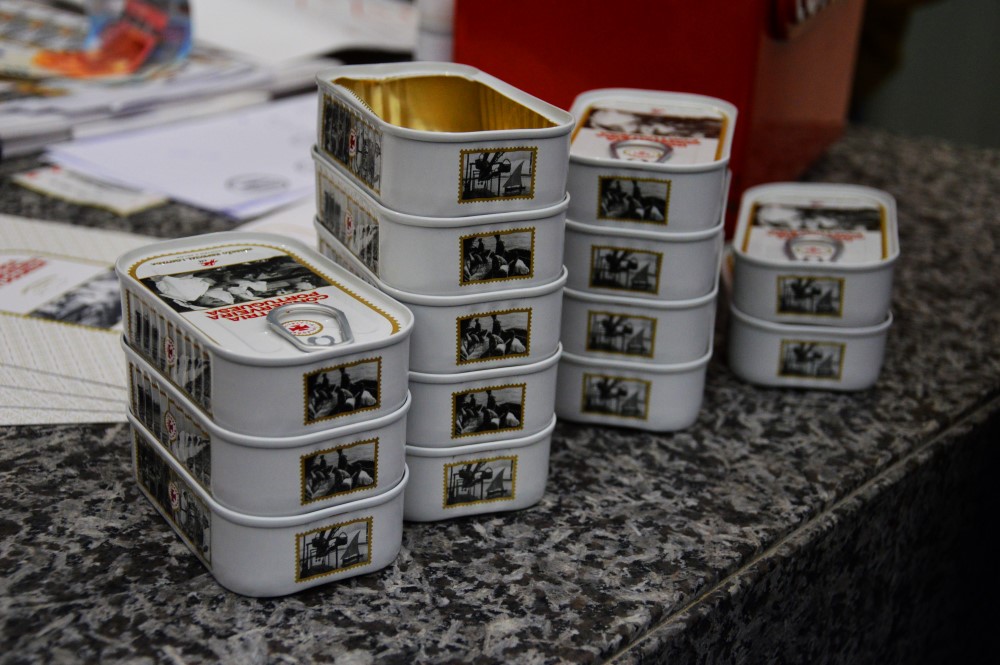
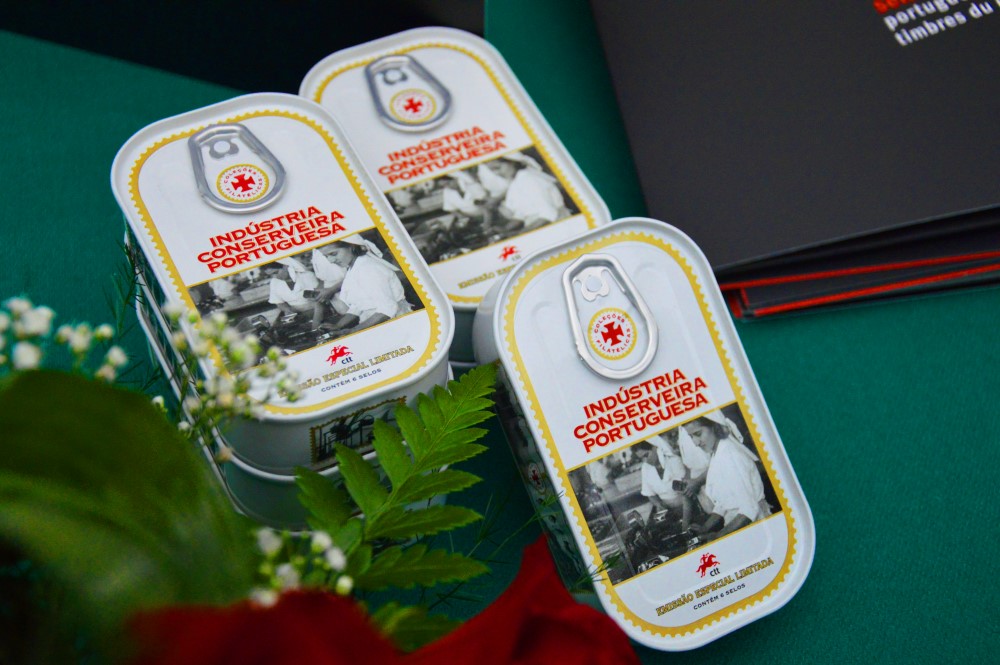
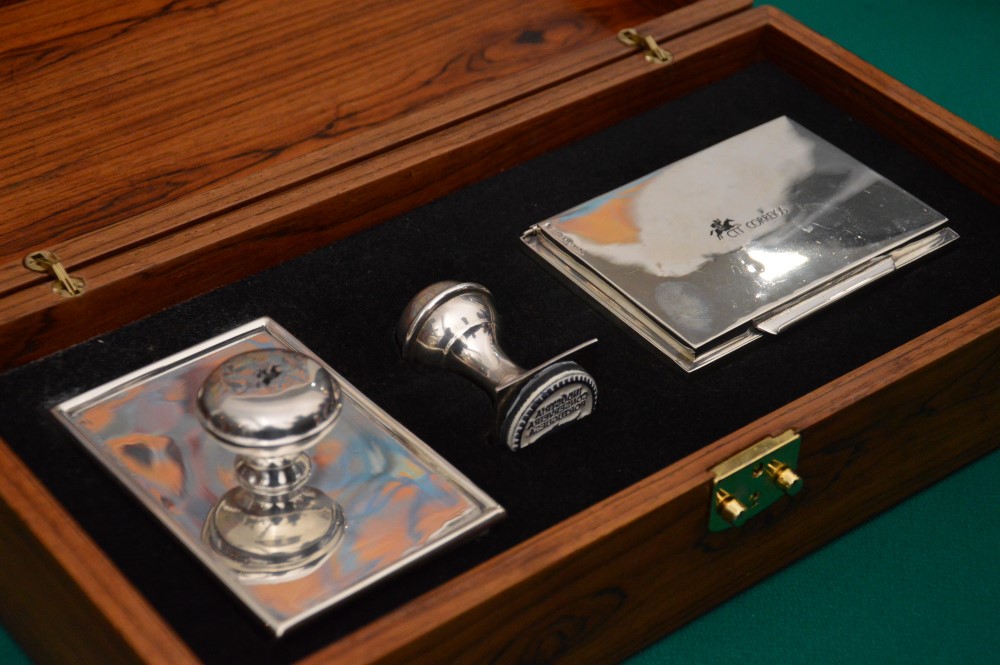
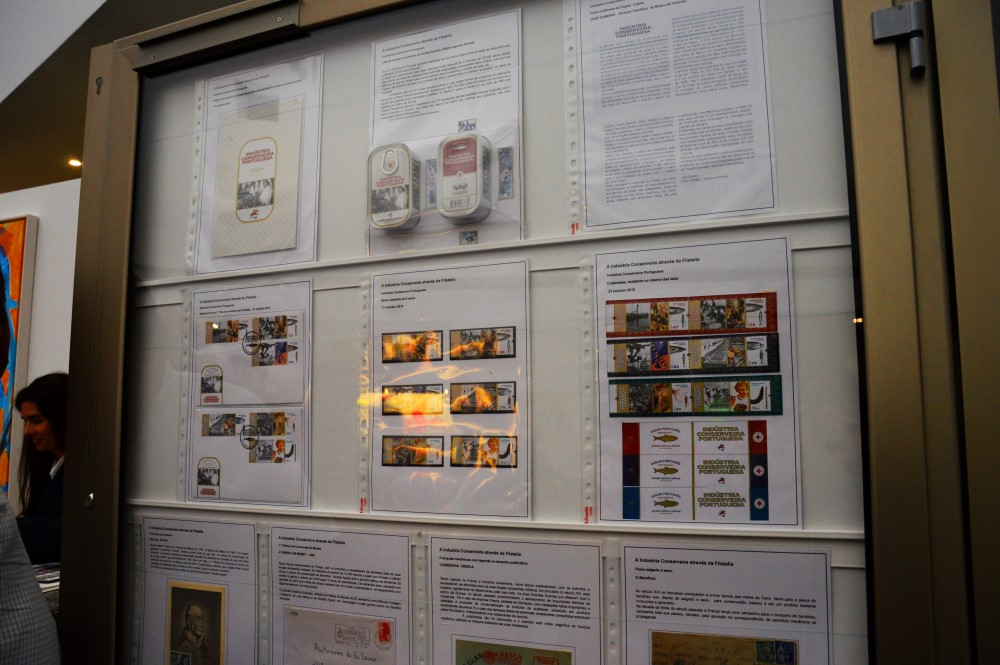
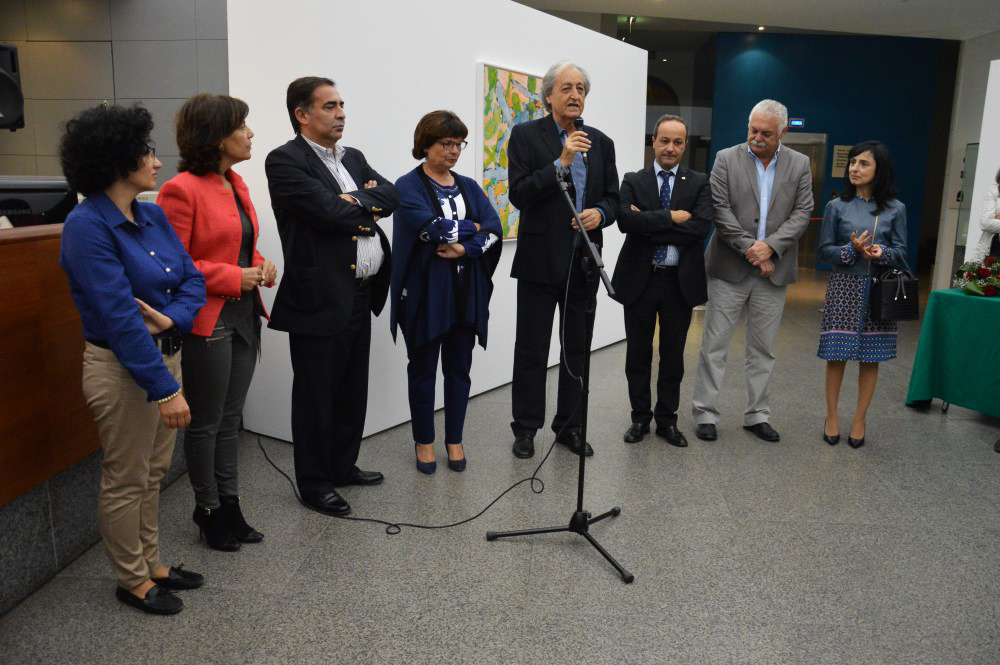
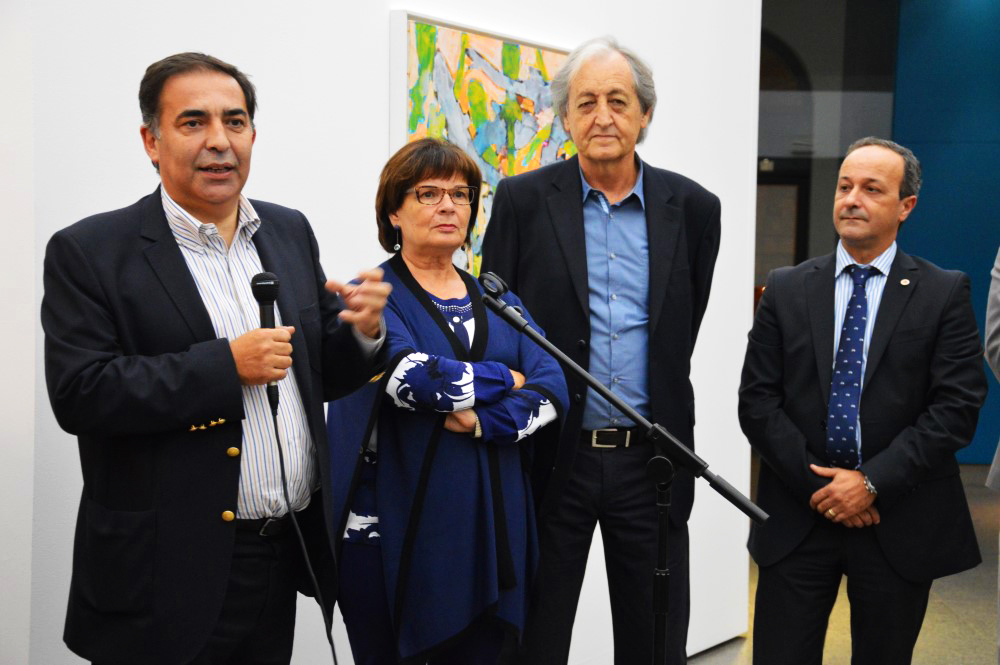
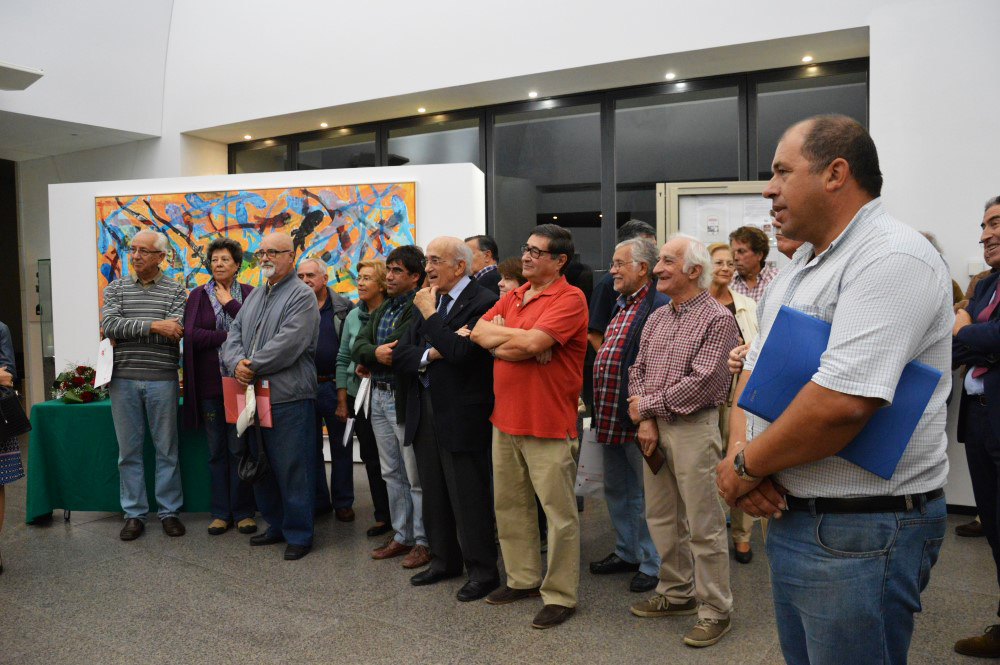
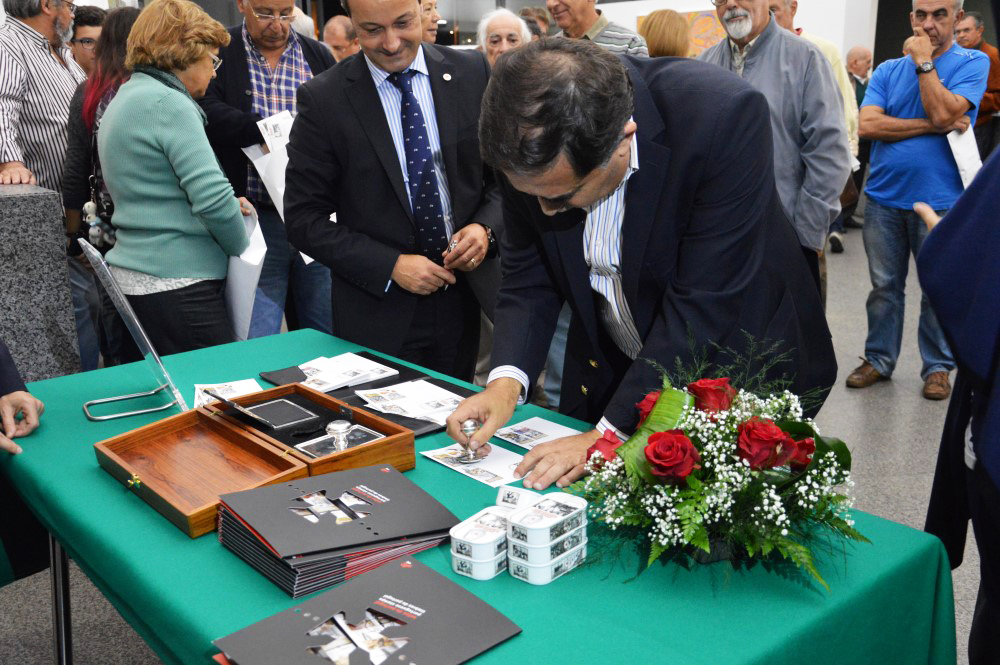
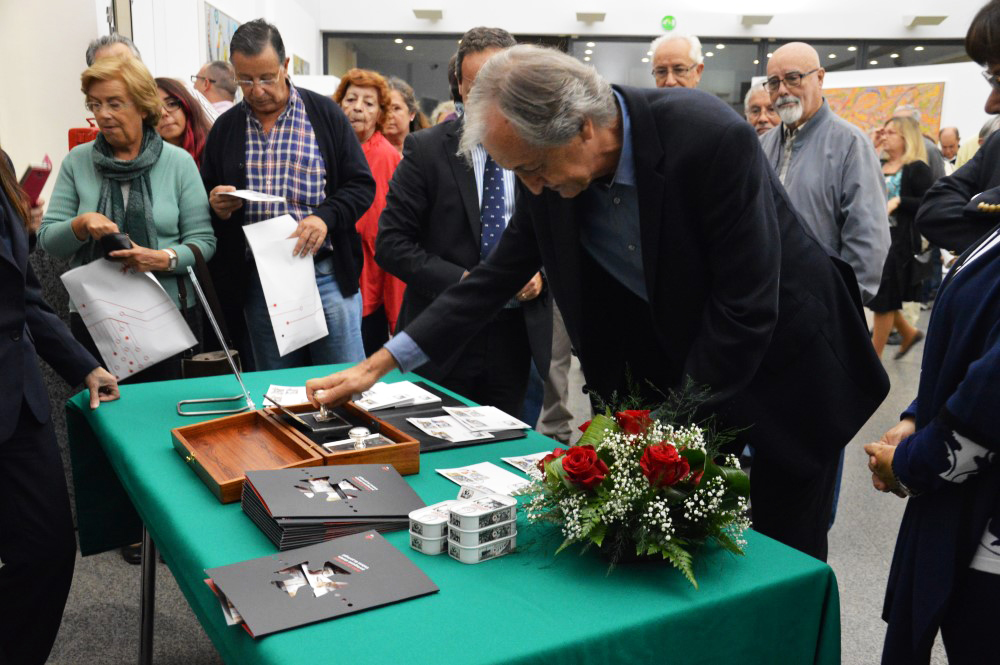
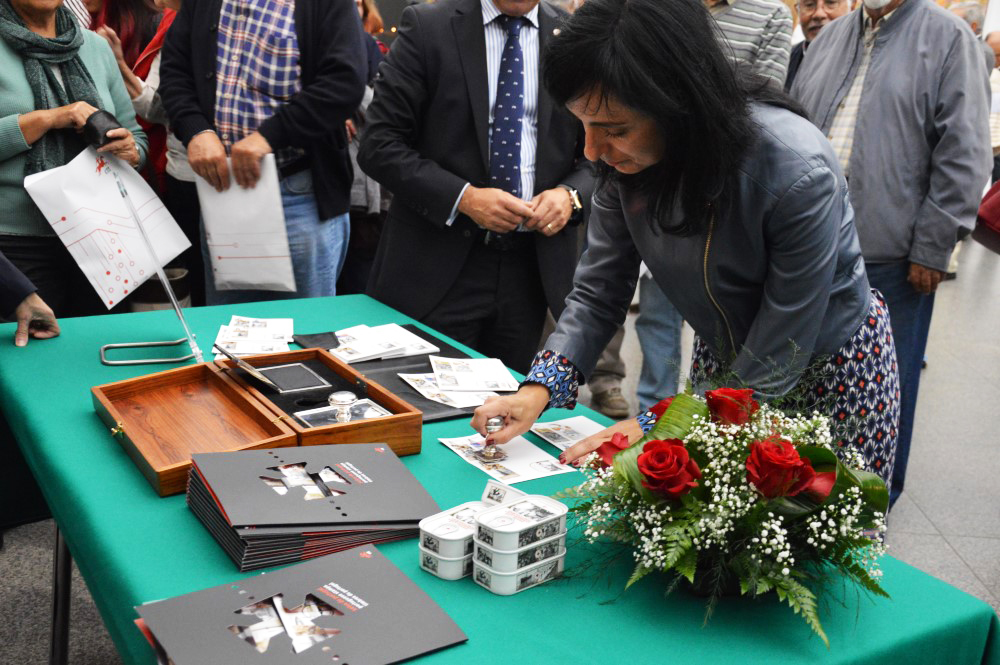
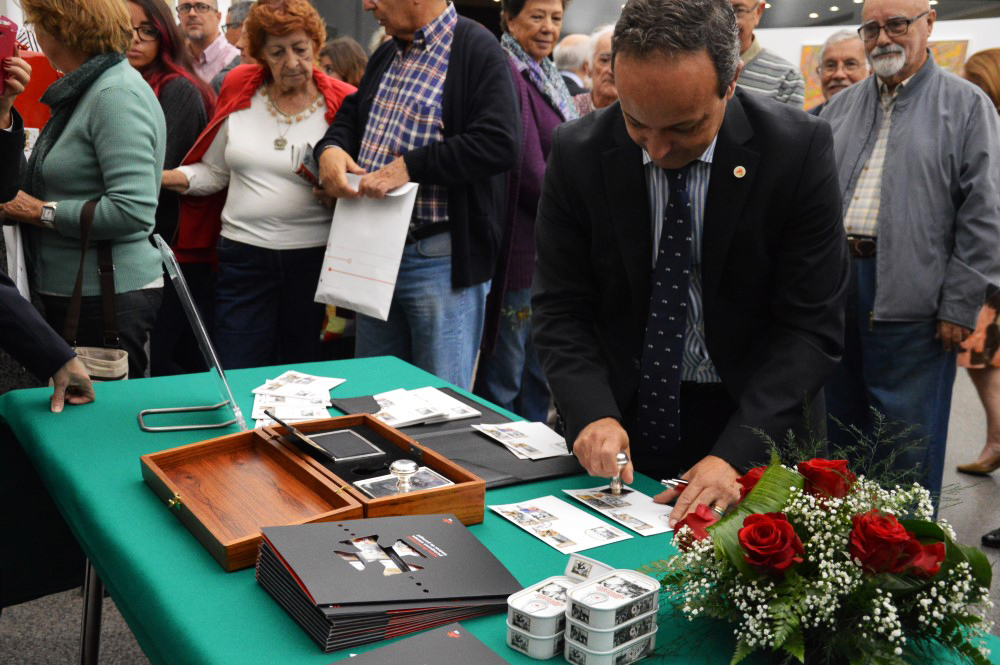
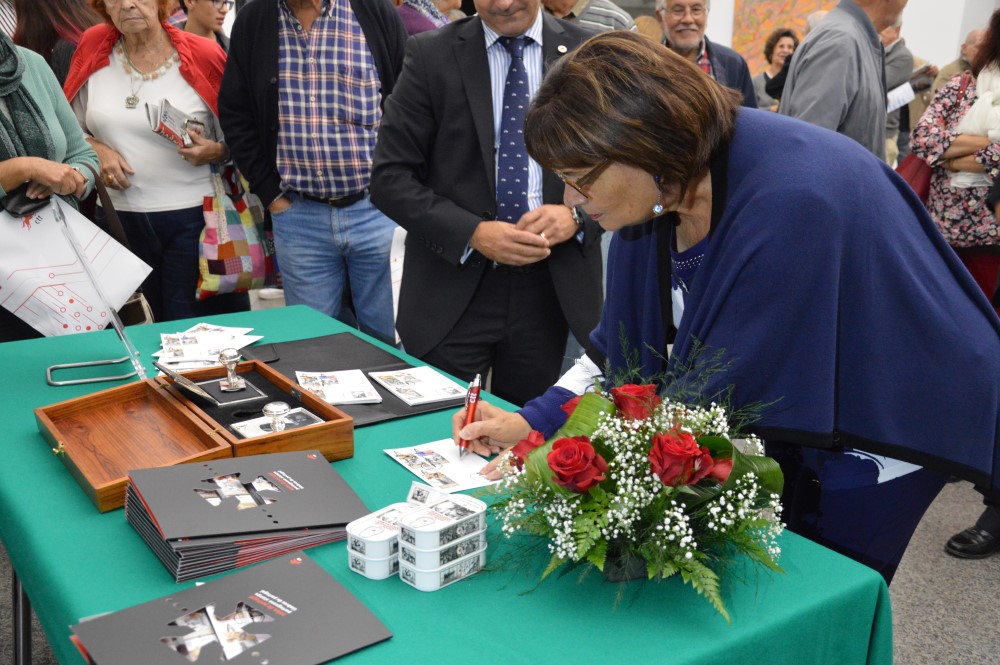
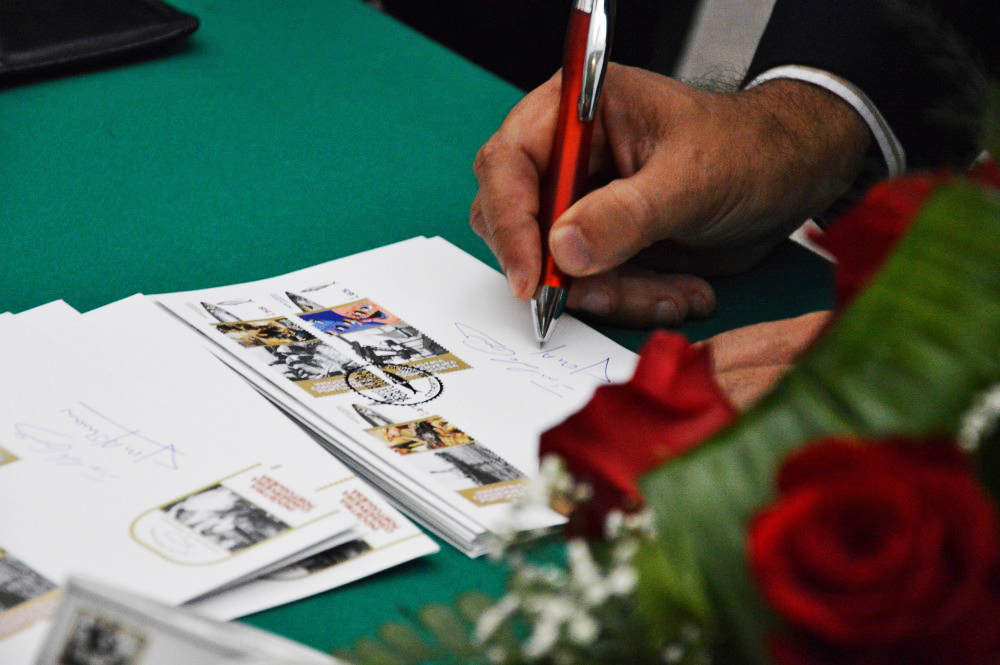
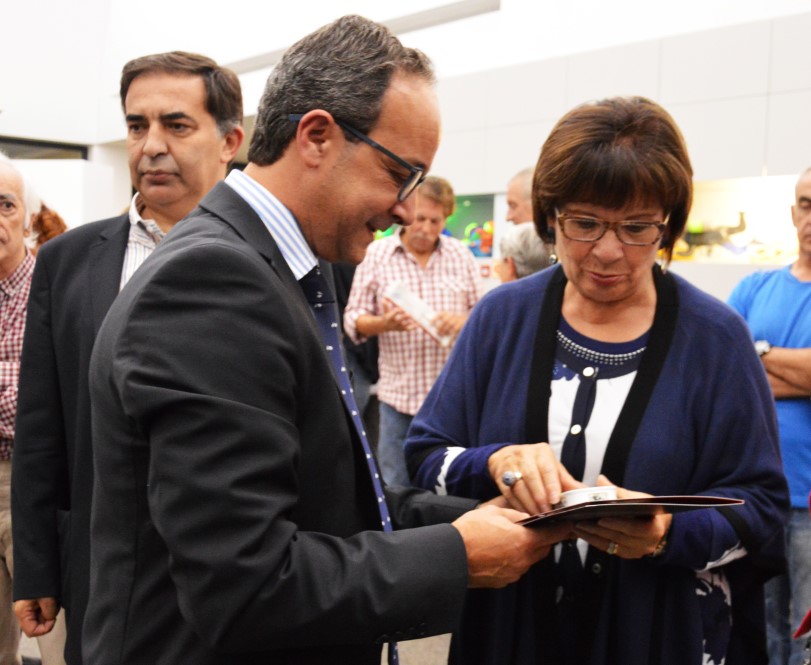
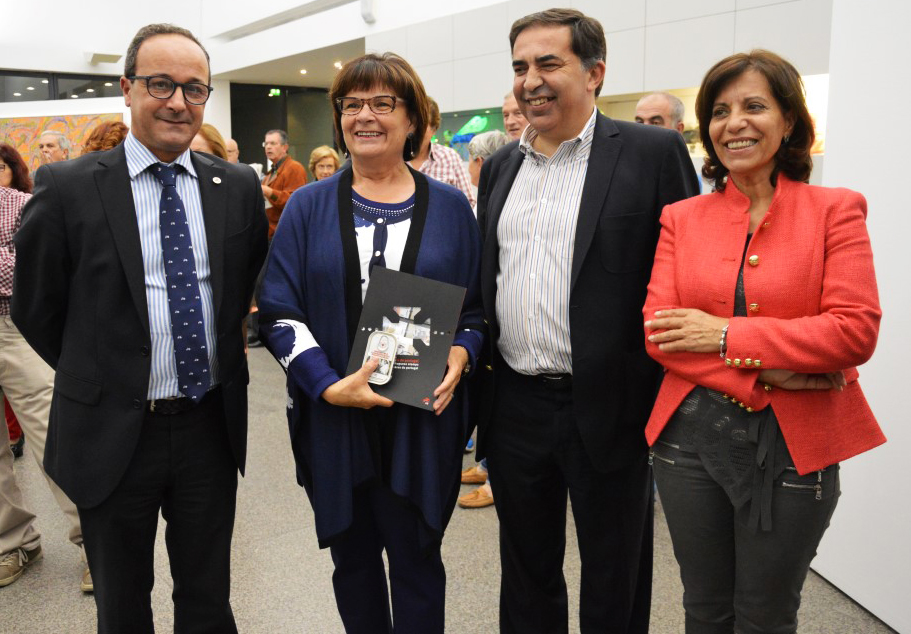
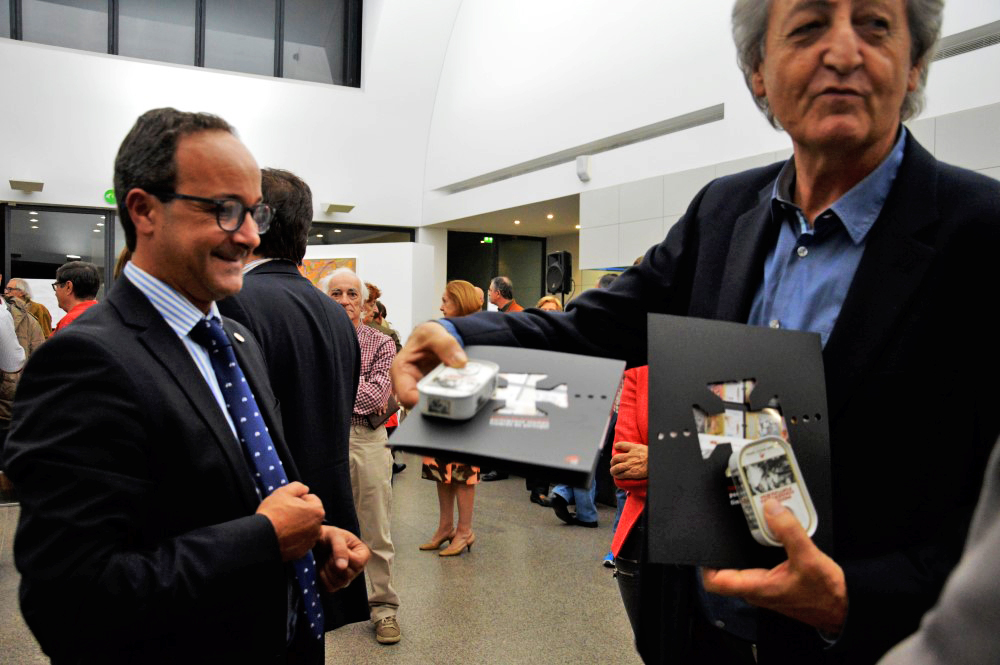
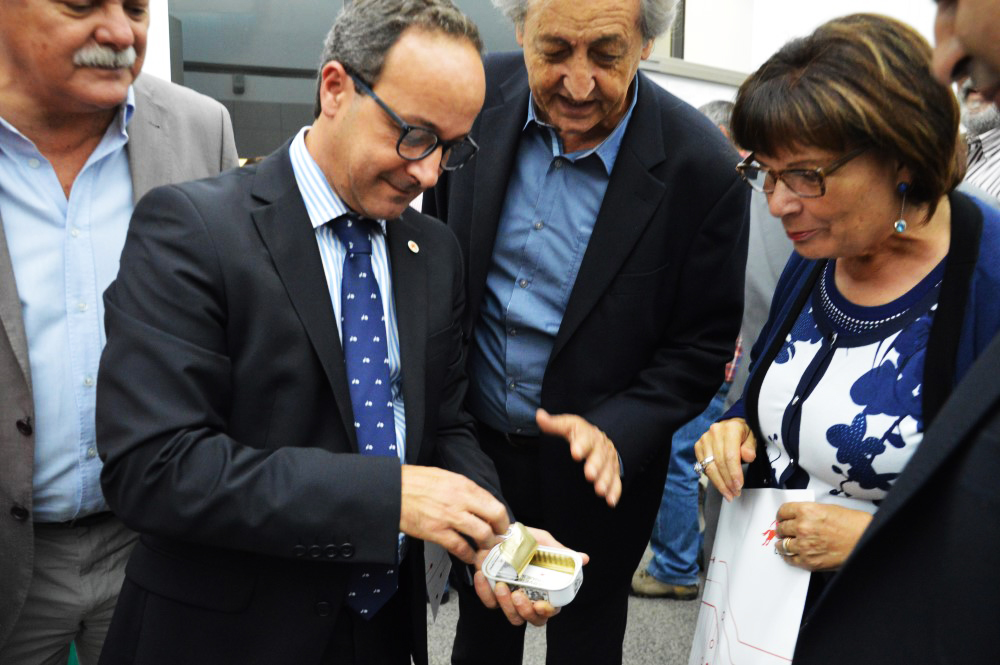
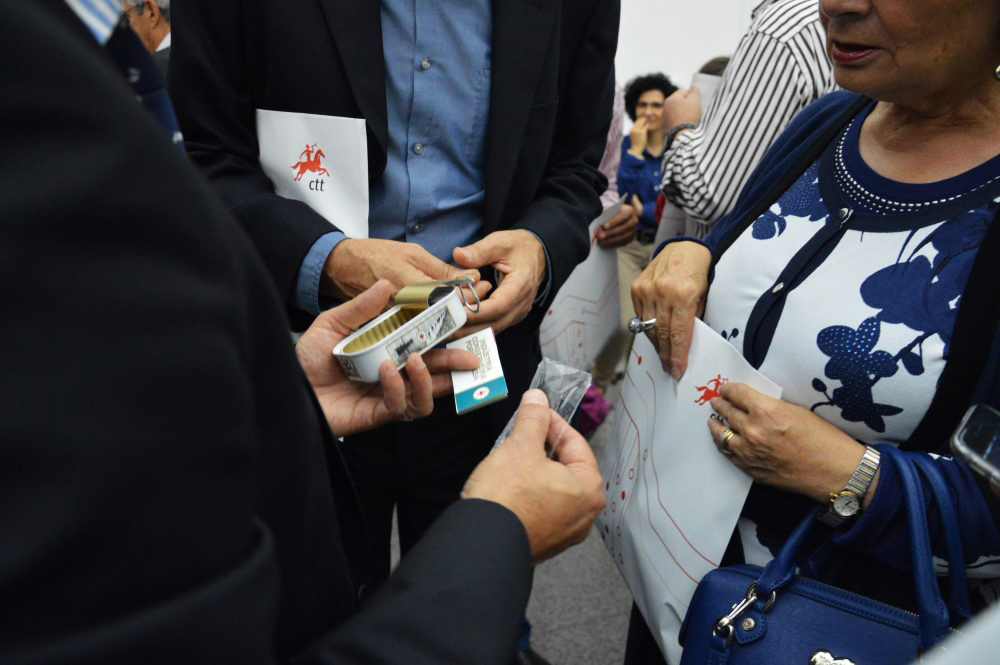
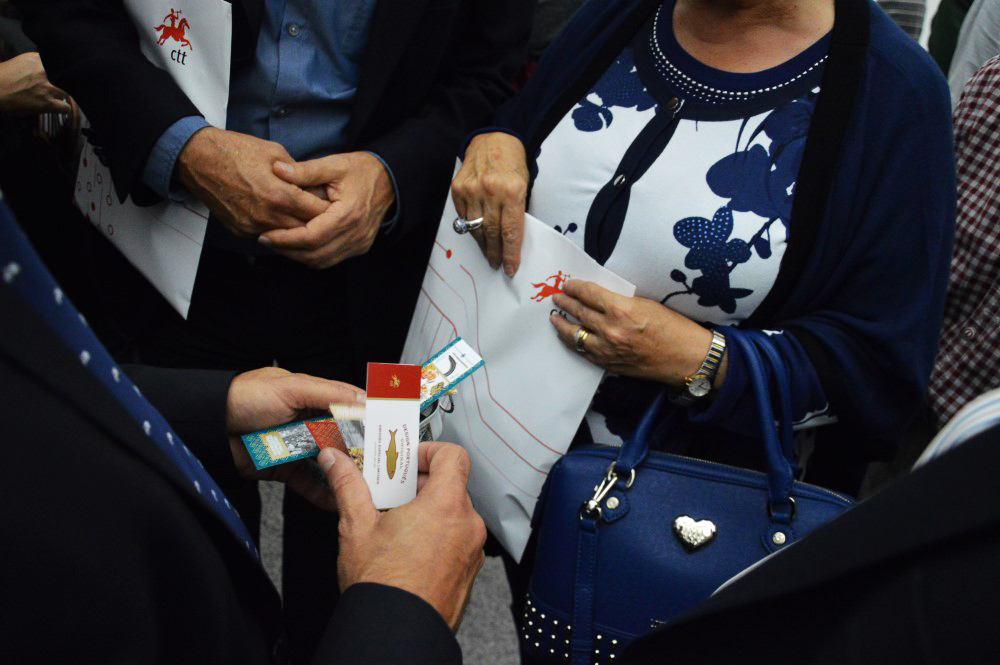
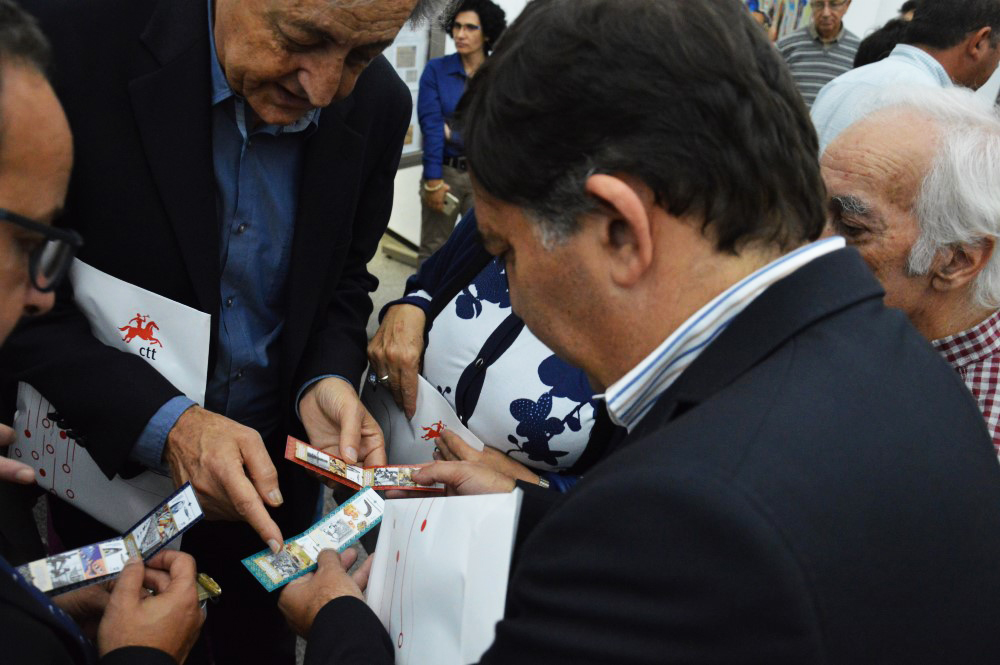
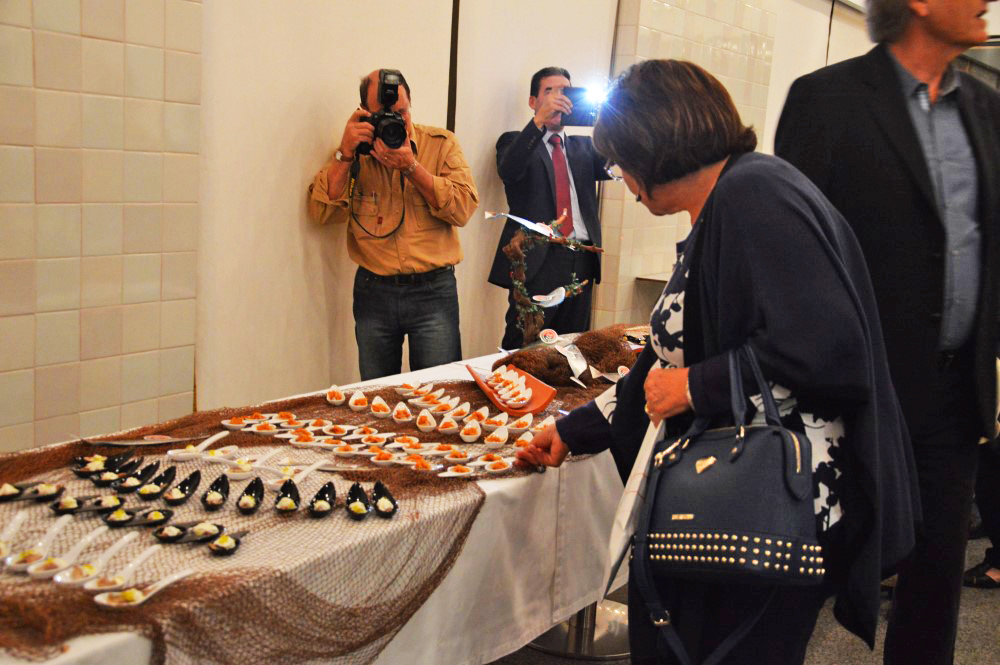
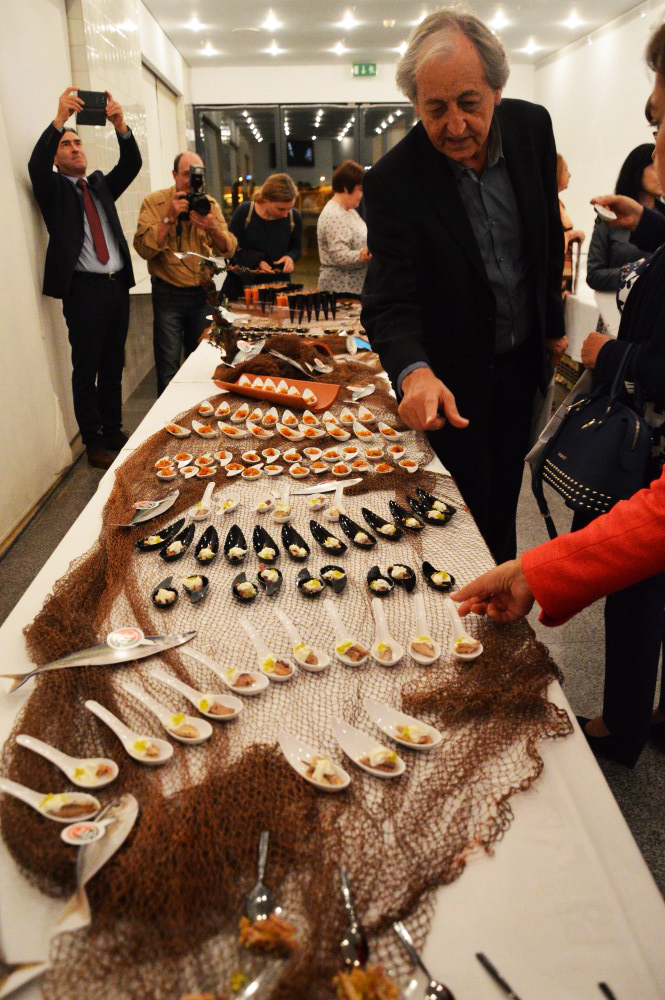
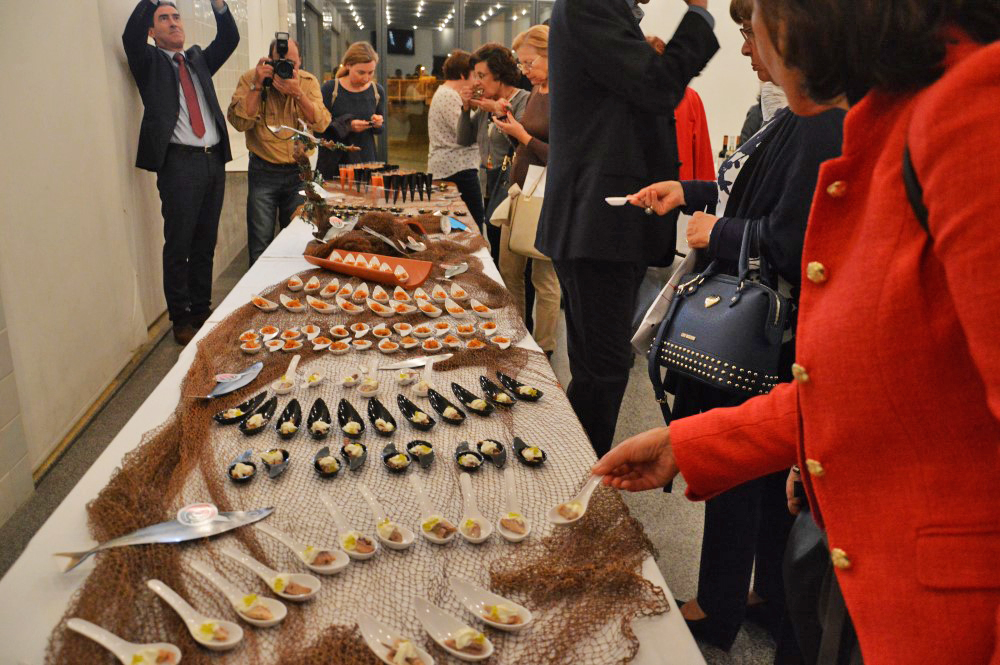
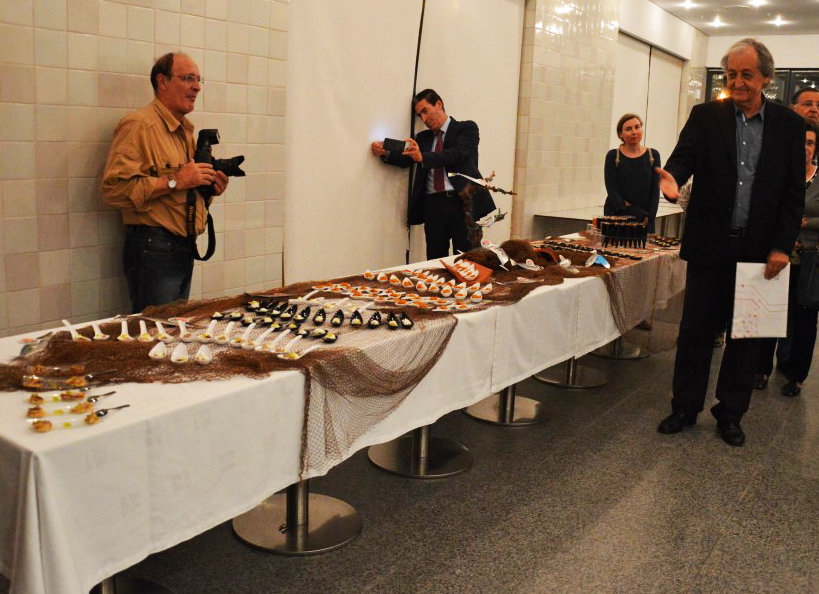
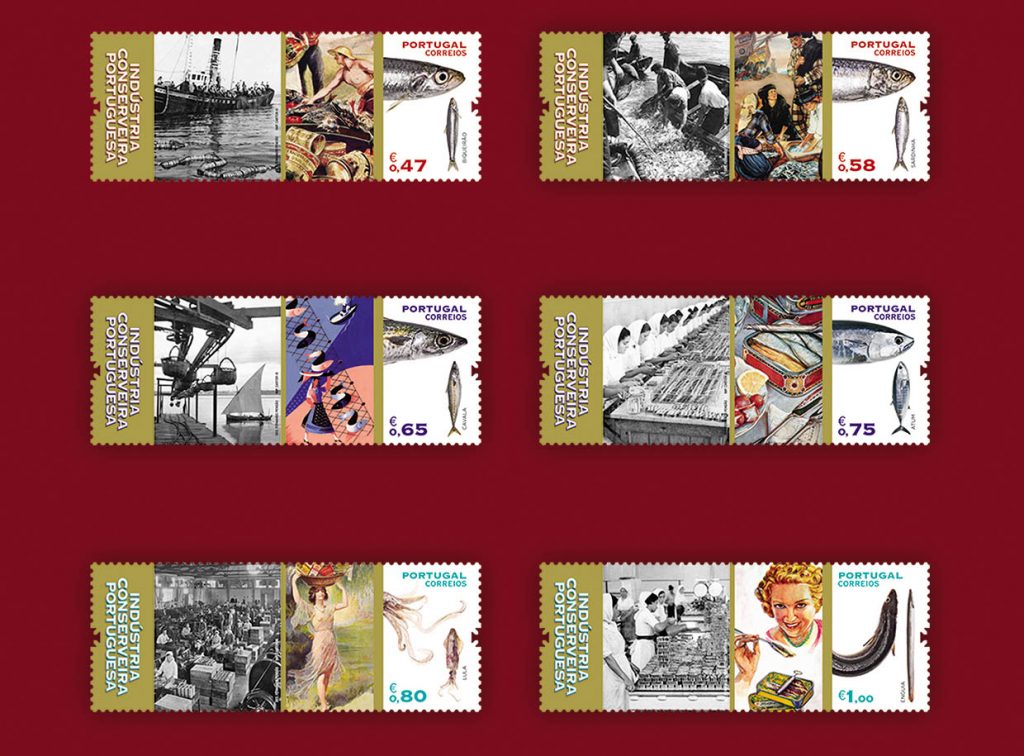
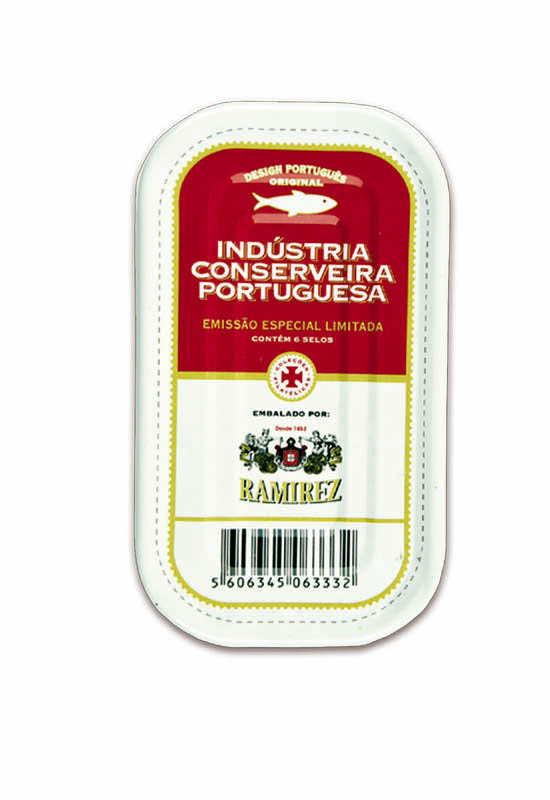


















Comments